23rd July 2024
Sanctuary
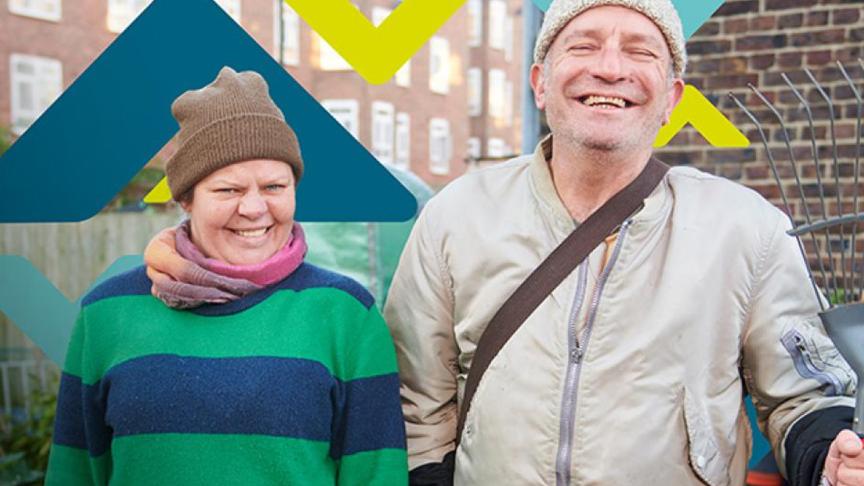
Last year, we launched our Decarbonisation and Net Zero Strategy in November. As one of the first fully quantified and detailed net zero road maps in the housing and care sectors, the strategy highlights Sanctuary’s genuine commitment to achieving our targets of net zero by 2050 at the latest and halving our operational emissions by 2030.
We’ve now reported our Operational Carbon Footprint for the fifth year in our Annual Report, in addition to publishing our Extended Carbon Footprint for the fourth year too. You can find more detail on what comprises our different carbon footprints in our Decarbonisation and Net Zero Strategy (PDF 1.05MB), or the Sanctuary Group Annual Report and Financial Statements 2023/2024 (PDF 20.6MB).
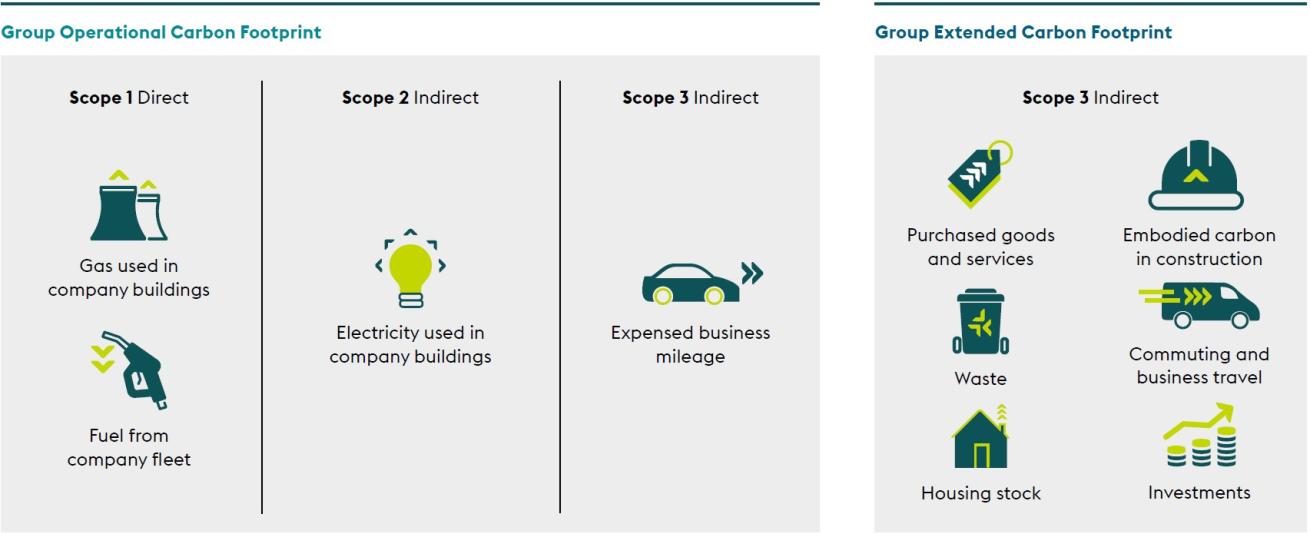
So, what’s happened to our carbon footprint in 2023/2024, and are we moving in the right direction towards net zero?
Since we first reported our Operational Carbon Footprint in 2019/2020, we’ve seen a 38% absolute reduction in operational emissions as of March 2024 including:
In 2022/2023, we made significant progress in reducing our operational carbon, seeing emissions fall by 41% against our 2019/2020 baseline. Over 2023/2024, we saw the successful integration of both Swan and Cornwall Care, meaning that our reporting now also accounts for emissions resulting from both acquisition, their buildings and our new colleagues. We remain an ambitious organisation, and this growth in our operations is in line with our wider corporate strategies. However, the increased portfolio and workforce has resulted in a small increase in absolute operation emissions, which was expected. Furthermore, calculations for 2023/2024 only used partial data from both new acquisitions so there remains the possibility that next year may result in a more significant increase if emissions reductions are not made achieved across the Group.
Business growth and disposals can result in misleading emissions reporting given the resultant fluctuations in absolute carbon. Consequently, we also report our emissions on an intensity-ratio basis. As a housing association, we look at our emissions ‘per home in management’, meaning we divide our absolute emissions for the year by the number of homes we manage. For operational carbon, the tonnes of operational CO2e per home in management has decreased from 0.56 in 2019/2020 to 0.29 in 2023/2024. On a relative basis, our operational emissions have therefore decreased by 48%. This shows that, even with our ambitions to keep growing and providing more customers with high-quality homes, we are making significant progress in reducing the impact our operations have on the environment.
As our Extended Carbon Footprint makes up 93% of our Total Group Carbon Footprint, this will take longer to decarbonise. It’s also harder to reduce these emissions, as carbon in our Extended Carbon Footprint is generally produced by Sanctuary’s supply chain, outside our direct control.
In 2023/2024, we were pleased to see a 4% absolute reduction against last year’s extended emissions. While our absolute extended emissions were still 12% higher than they were in our baseline year, we’re moving in the right direction. We’re also acutely aware that our baseline year for the Extended Carbon Footprint is 2020/2021, meaning many of our activities were impacted by the pandemic’s restrictions. Given this, we’re reviewing whether 2020/2021 is the right year to use as the baseline for our Extended Carbon Footprint.
Nevertheless, when we look at our Extended Carbon Footprint on a relative basis, the tonnes of extended CO2e per home in management has actually decreased from our baseline year: falling from 3.97 tonnes to 3.76 tonnes. This shows that our efforts to decarbonise purchases, services, construction processes, and our homes are beginning to pay off.
We’re not afraid of being honest about our environmental impact
There’s no denying that we are still very far away from net zero. On an absolute basis we have seen growth from last financial year, 2022/2023, in our operational carbon. Additionally, while lower from last year, our extended carbon emissions are still 12% higher than our baseline year.
As a growing organisation, with increasing regulatory pressures and high standards of customer service, we strive to do as much as we can for those living in our communities. This can mean travelling more to improve the quality of higher numbers of homes, buying more components to ensure our homes meet or exceed government levels of decency and safety, and paying for more medical, hospitality, and support services as part of our exacting standards of care. All of these activities create emissions, but they are key to ensuring we provide our customers with the quality of life we deserve.
These critical activities can be made more sustainable, however. Often, improving the emissions produced by routine business actions can result in financial, time, and resource savings, too. Part of our Decarbonisation and Net Zero Strategy involves challenging all of Sanctuary’s operations to deliver the same high levels of customer service for less carbon.
Carbon savings come from far and wide – and it’s important to celebrate them
Reducing our operational carbon by 38% doesn’t happen overnight. Sustainability is one of Sanctuary’s core values and enthusiastic support from colleagues, interested customers, and partners drives delivery of our environmental ambitions. Sanctuary’s internal Sustainability Community platform boasts 450 colleagues and we have over 100 engaged residents in our Environmental Community of Interest. We know it’ll take a village – all of these people and more – to achieve our environmental ambitions. We’ve seen some great examples of decarbonisation in 2023/2024, including:
- Our Group Procurement team work hard every year to secure our renewable electricity contract, which results in our emissions from electricity consumption across Group supplies being carbon neutral. We look forward to achieving an 100% reduction in emissions from electricity when Cornwall Care and Swan utilities join this contract.
- All of our Sanctuary Students sites engage in environmental programmes, such as communications campaigns around energy consumption and No Mow May.
- We delivered our first Cycling Skills Training sessions for colleagues at our Worcester offices, ran our annual Sustainability Fortnight campaign with a theme of ‘Transition Your Travel’, and nominated Sustainability Cycling Champions at Sanctuary.
- Langley Close, a supported living site in Felixstowe, reduced waste and purchased goods by reusing materials to create their own fruit and vegetable garden.
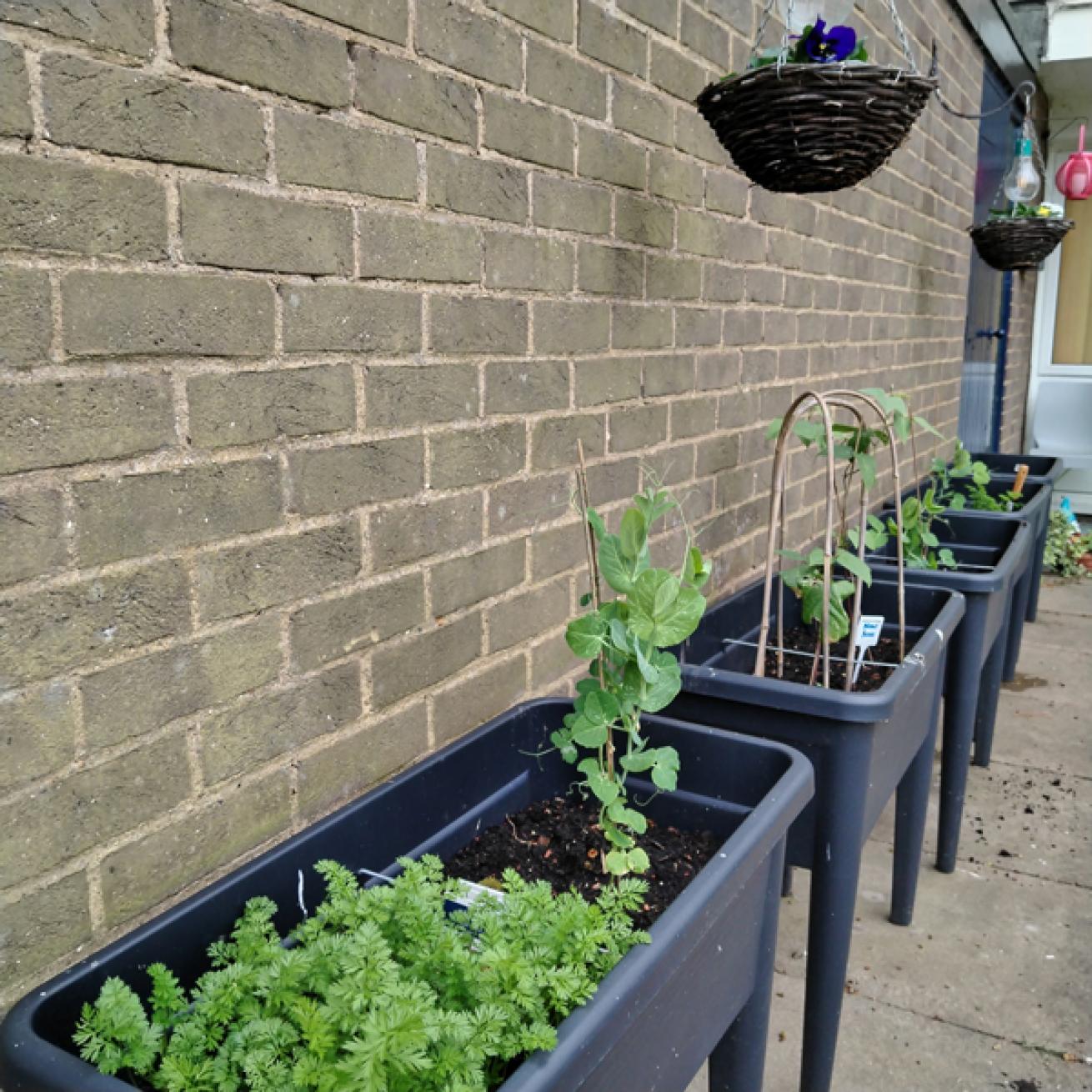
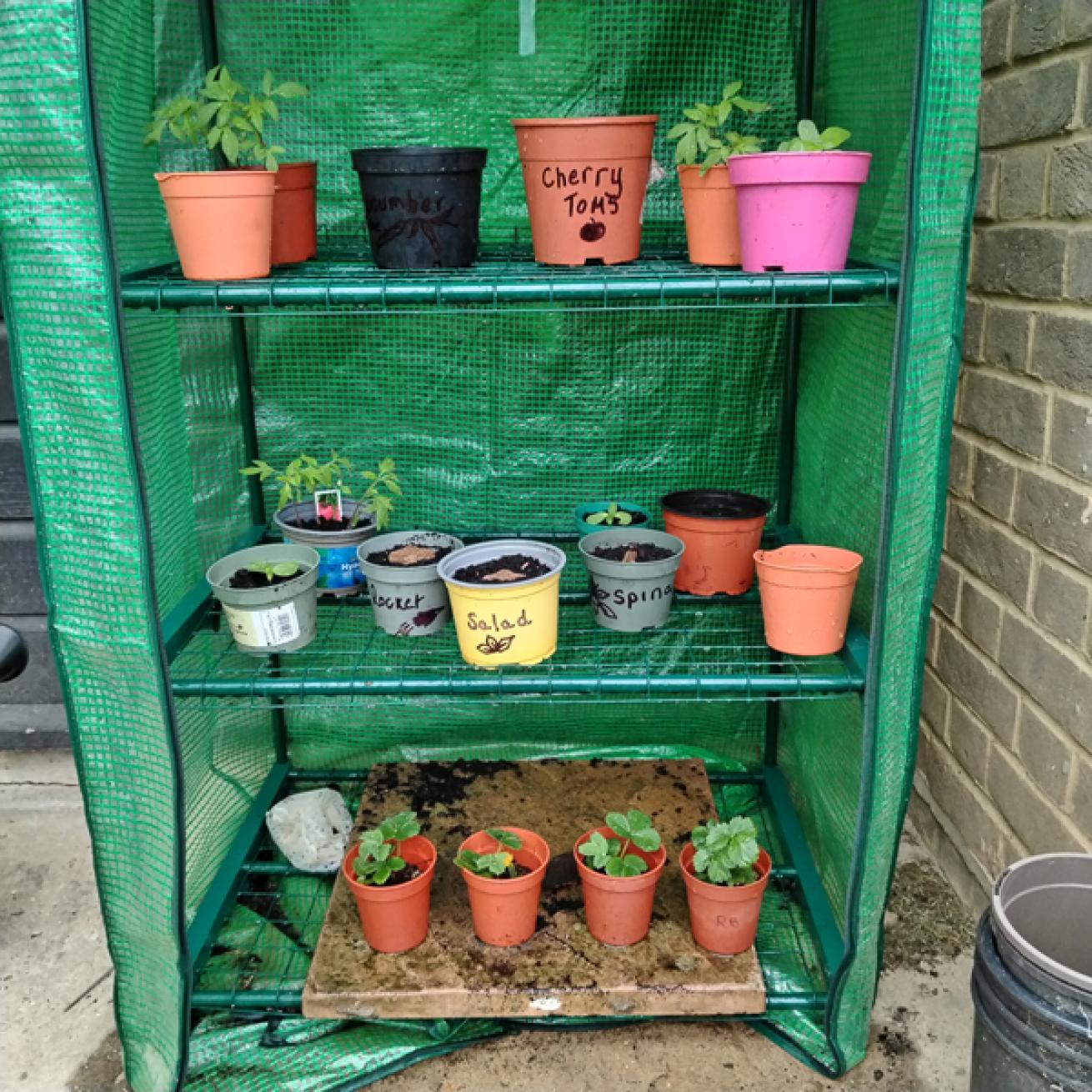
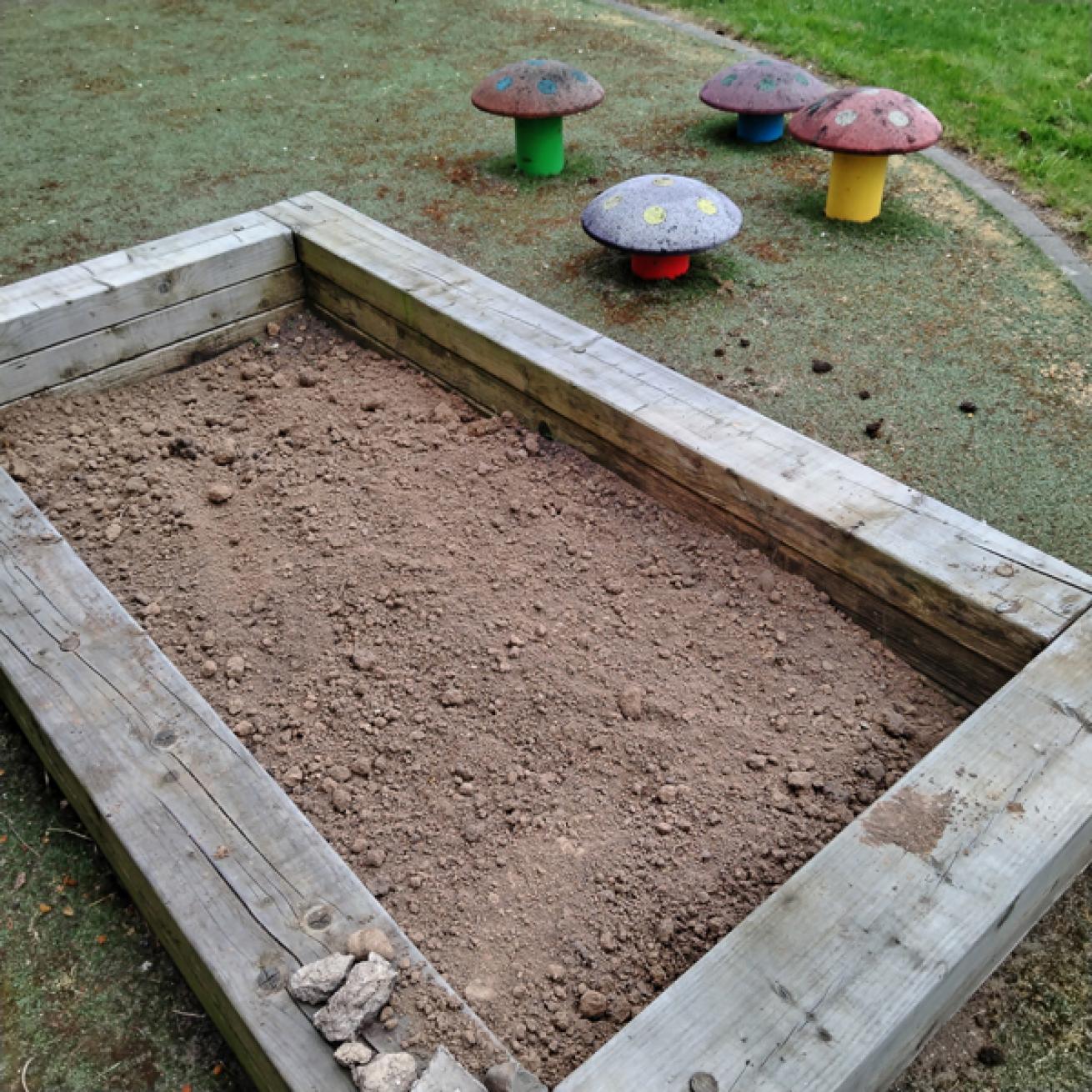
- Castle Street Kitchen at our Worcester office has implemented a ‘Too Good to Throw’ initiative, where colleagues can buy half-price items that are going out-of-date that day.
- In Sanctuary Care, food waste has been reduced by 31% in just one year alone – that’s pretty impactful considering our care homes produce over 14,000 meals for colleagues and residents a day!
- Three of Sanctuary’s retirement communities sites in the East of England have worked together to reduce emissions from cooking restaurant meals for over 100 residents. Rather than all three services heating and powering their kitchens, cooking now takes place at only one scheme, with the meals then locally distributed via a company van.
- Our Social Housing Decarbonisation Fund retrofit programme saw almost 400 homes receive whole-home retrofit works in 2023/2024, with the programme already scaling up to deliver quality energy efficiency works to significantly more customers in 2024/2025!
- Our Technology teams play a vital role in reducing both paper and power consumption, with digitisation projects galore – and they even had time to volunteer with Worcester Environmental Group, supporting vital local habitats throughout 2023/2024.
There is so much more we can do as an organisation to create environmental efficiencies
Our Decarbonisation and Net Zero Strategy sets out some of the exciting steps we will take to decarbonise operations, but there’s a raft of opportunities we are yet to work into our plans. We are always looking to identify innovative process changes, new renewable technologies, and simple community-led solutions to improve our carbon footprint. We are always excited to collaborate, adopt new ideas, and to take into account all of our stakeholders’ needs when lowering our carbon emissions.



